|
In June, the Portland chapter of the American Heart Association hosted the annual "Saving Strokes" at Eastmoreland, sponsored by Providence Hospital. The purpose of this event is to introduce golf as a therapeutic activity for stroke survivors. Research sponsored by the AHA has shown that golf can help with patients develop neuroplasticity, motor learning, practice and performance and dynamic stretching. The event attracted well over 100 participants and involved practice time with the Eastmoreland golf Pros Ray Comella, Andrew Thorn, and Michael Charles. The activities included basics of putting and distance control, chipping and full swings on the driving range. As any golfer will tell you... the mind and body connection is essential ingrediant to a successful shot, because.... in the words of one the legendary Bobby Jones “Golf is a game that is played on a five-inch course – the distance between your ears. ” -Bobby Jones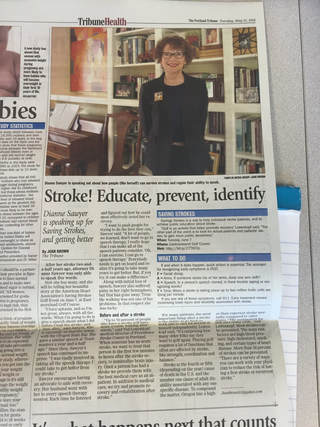 The Savings Strokes program began in 2001 in Sacramento, CA. Since then as many as 100 participants in each program in more than a dozen locations are introduced to how the game of golf as therapy. Golf therapy involves group participation in variety of the elements of the game including, putting, chipping, sand shots and full swings. As a result, stroke survivors of all abilities can find ways to come together and experience a new way to explore rehabilitation in an outdoor group setting. In an article from the Portland Tribune, attorney Diane Sawyer spoke about how her advocacy for Savings Strokes is to "push people trying to the best they can." Ted Lowenkopf of the Providence Stroke Center notes that "playing golf requires a lot of the functions affected by strokes" What makes golf a compelling therapeutic activity is the same that makes the game so compelling and loved by so many people. The game involves one general concept, swing a club around the body, though with numerous types of shots, from long whipping drives, to high lofted pitch shots, chips scooting across rolling greens and delicate putts for the gentle tap in. For the survivor participants and their spouses, the Saving Strokes event at Eastmoreland provides a wonderful way to meet new friends, challenge themselves, and have fun. 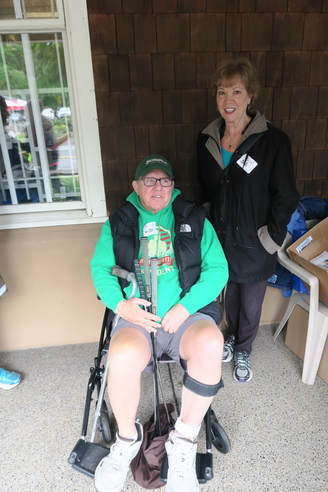 Bob & Sue Shields at Saving Strokes Bob & Sue Shields at Saving Strokes "Bob Shields and his wife and caretaker Sue Shields first learned about Savings Strokes in Arizona where they met program director, Nora Perry. Both Bob and Sue were avid golfers and discovering the program was a delight since Bob's debilitating stroke that left him with total left side paralysis. "Being outside, enjoying beautiful courses, seeing improvements, making new friends - socialization part is wonderful. Plus the golf skill improvements, including balance, endurance, inclusion with others are all important to Bob's future and recovery." Bob and Sue look forward to Saving Strokes at Eastmoreland and wish for monthly golfing events at Eastmoreland or elsewhere in the greater Portland area. Sue believes having therapists and pros available together is a huge benefit for survivors. Our Eastmoreland men's club has a member Scott Cantor, who's too often a sure thing for our Sunday game winner's circle. He may play to one of the higher handicaps (all golfers have a 'handicap' adding or subtracting strokes so different skill levels compete on an even playing field), though more often than not Scot walks away from the 19th hole counting the cash won. What further surprised me, was to discover that five years ago, Scot woke up in the hospital after a stroke, unable to speak or swallow and requiring some physical therapy... "though I never lost my balance." Scot always planned to play golf when he retired. He grew up golfing in Ohio because his mother was a young breast cancer survivor and started playing golf for recreation and rehabilitation. Ever since "the rest of the family played golf together all the time." What Scot didn't plan on was this stroke, and long rehabilitation to learn how to talk and eat. With the help of doctors and physical therapists, he made great progress and set his sights on returning to the golf course. Finally stepping up to driving range with a small bucket, "I didn't know what to expect" though a smile creased across his lips with the first swing when the ball sailed dead straight down the middle. "I have lost some distance, but I now hit the ball really straight!" If most people gripped a knife and fork they way they grip a golf club, they'd all starve. - Walter HagenStroke survivors have experienced the physical challenge of having blood flow cut off from the brain. As a result, some of the brain pathways are damaged and sometimes result loss of speech, balance and motor control. The road to recovery is one of physical therapy to help repair and reconnect the brain and motor pathways for the survivor by stimulating neuroplasticity - our brain's ability to rewrite and rebuild these connections. 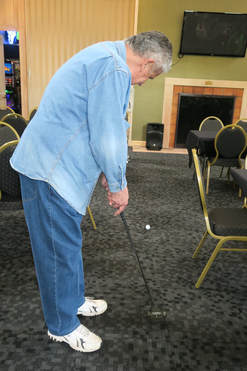 Scot's story might be inspiration for Chris Gilliland, a Saving Strokes participant in 2016 and 2017. Chris was introduced to the program by his outpatient physical therapist, Jamie Musgrave. His favorite part is "the feeling like I'm improving my balance and making progress since the stroke. Also, since I was once an avid seasonal golfer, it feels good to believe that maybe it is possible to get back to golf as a hobby one day." Chris has been a recreational golfer since about the 5th grade, and hopes to play golf regularly now that he's discovered the therapeutic qualities. "With Saving Strokes, I feel a certain peace from the practice. It's as if I can feel my weaker side (left) gets stronger with each swing and helps with my balance" Golf also taught Chris a lesson in mindfulness... There was one time, years ago, when I was really struggling through a round. I think through 5 holes during an evening 9, I had tripled every hole. I hit a decent tee shot on 6 and found myself in the middle of the fairway with a sand wedge from about 60 yards. Well, I bladed the shot, threw my club in frustration and shouted out a string of vulgarities. The ball bounce along the ground, hopped up over the collar of the green and skidded into the flag stick and dropped in the hole for a birdie!! That's golf - sometimes you're capable of so much more than you expect... Neuroscience and golf: the mind-body connection Any golfer out there, whether a child, competive amatuer or a professional - understand the game is truly the most definitive expression of the mind-body connection. When we watch the professionals on television, few realize their capacity to use the mind to control the flight of the ball so precisely to send it to a hole some 10 feet, or 10 yards or 100 yards away. For those that understand, the ability to confidently swing the club and have the ball go where it's intended requires mental focus and body connection - that, of course, lends itself to neuromuscular connections. The greatest golfers are readily admit, they key to well executed shot is pre-shot visualization. Imagining yourself hitting the shot and picturing exactly how the ball will fly in the air. Sometimes pros might visualize a series of shots, choosing shots like low draw or hide fade as. baseball pitcher chooses a fastball or curveball. Then once the shot is pictured (firing in the neurons) you simply address the ball and let that swing happen with minimal thought or conscious effort. In 2000 the University of Chicago did MRI studies with LPGA professionals to better understand how a repeatable golf swing is powered by visualization, the pre-shot routine required to set the mind and body to execute the shot required. "Preparing to swing a golf club is the perfect activity for this sort of study," said Milton, an avid golfer. "A good golf swing involves a very elaborate and somewhat unnatural series of movements, yet it takes place in a fraction of a second, much too quickly for the brain to make the necessary adjustments during the process." Professional golfers and many dedicated amateurs now dedicate significant practice time to mindfulness and a phenomena called "quiet eye" where the player allows the subconscious motor skills to complete the shot with limited conscious effort, other than intention of sending the ball to the target. This neuromuscular system is what makes being human so special, while many of us may not know it, we complete impossible complex physical actions all day without conscious thought. In fact, as many golf pros delve into the science of mindfulness, using tools like Focus Band to measure different brain patterns to help the pro access subconscious state of flow, marked by increased Theta waves, and essentially not think all.
|
|
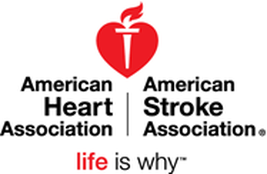
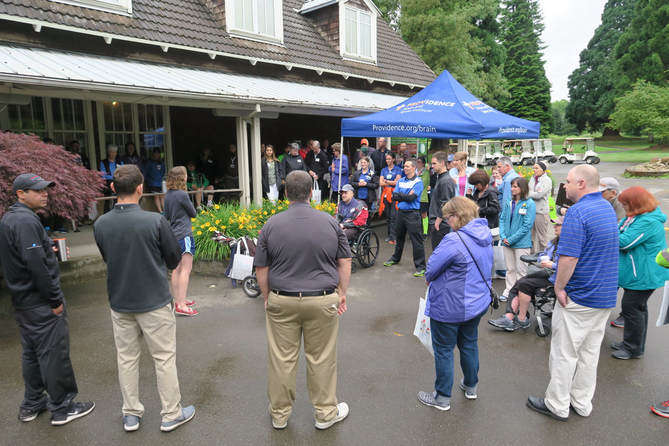

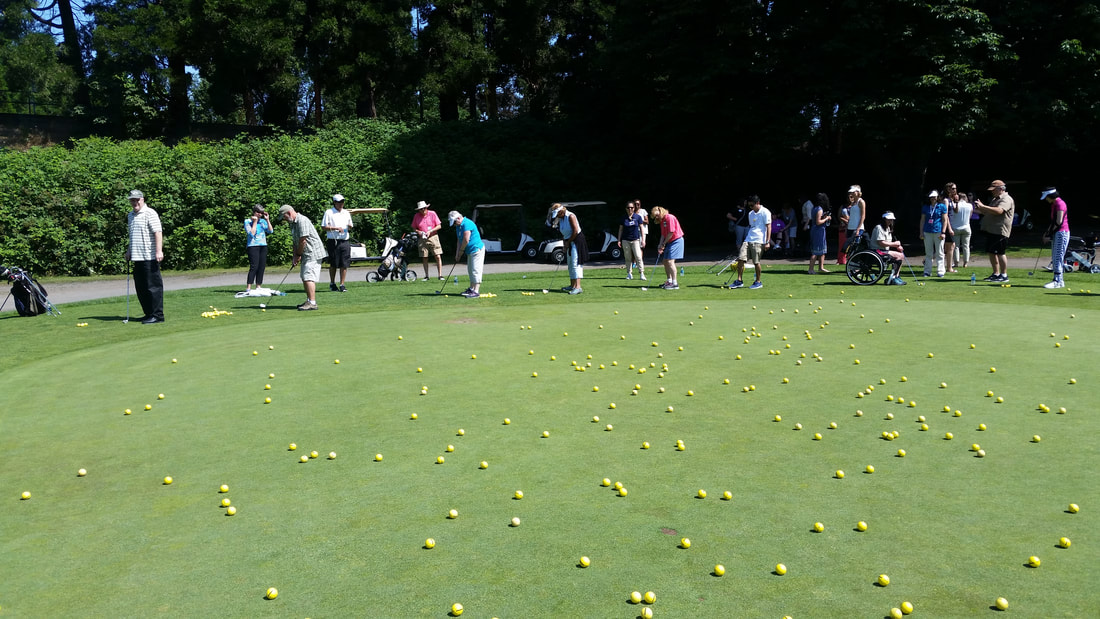
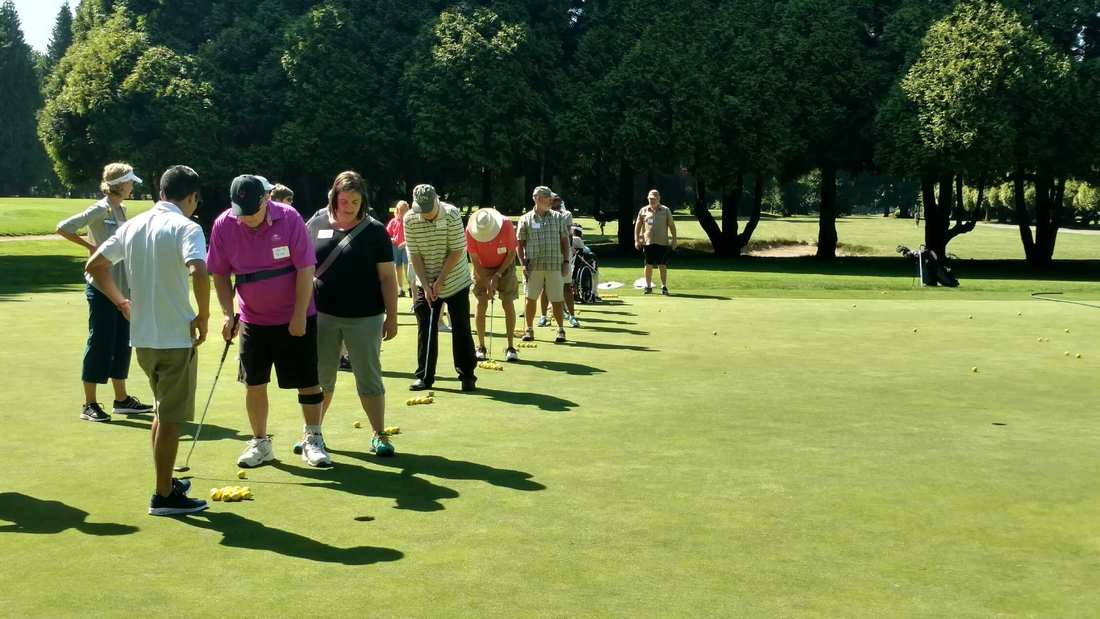
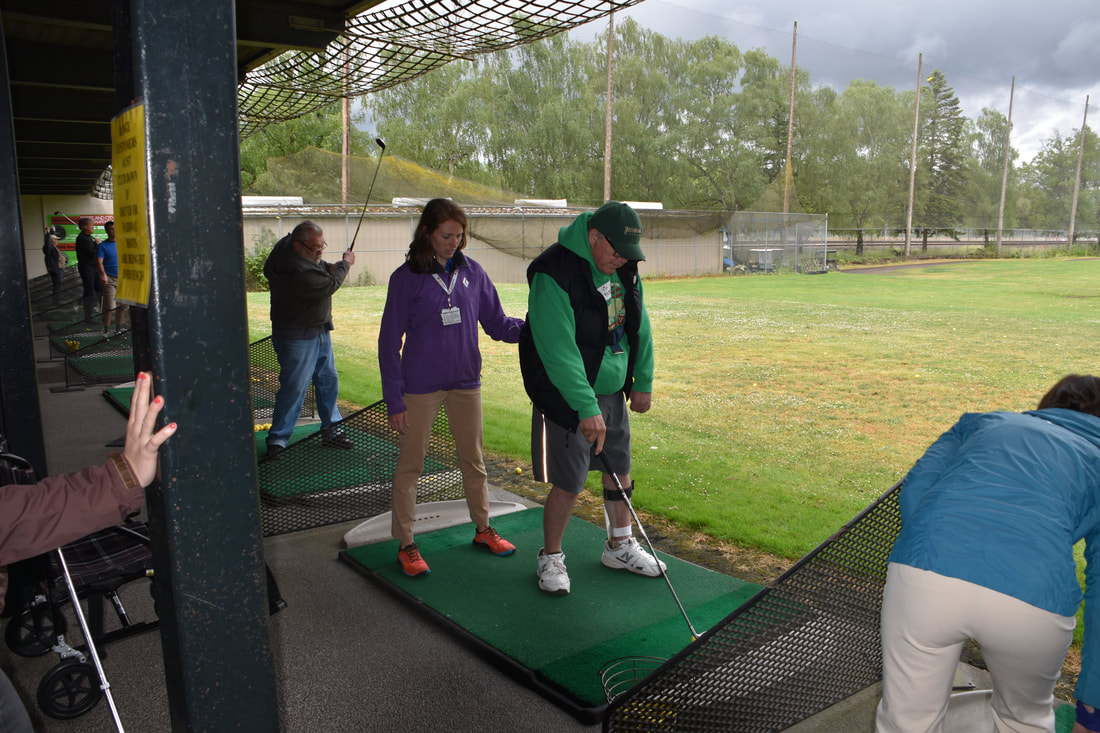
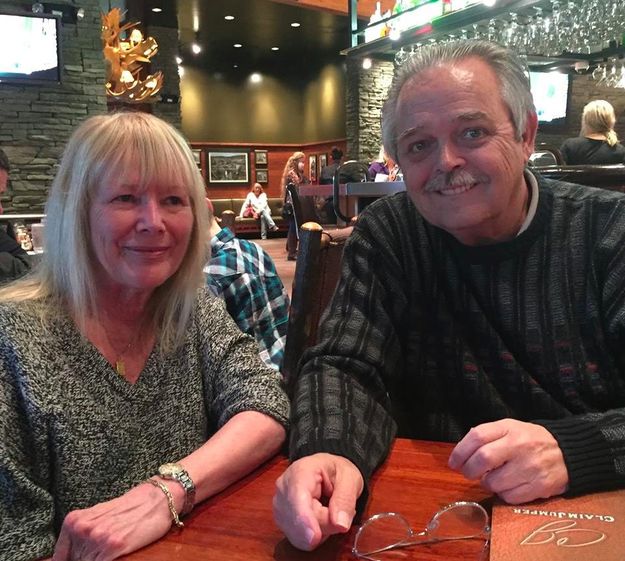
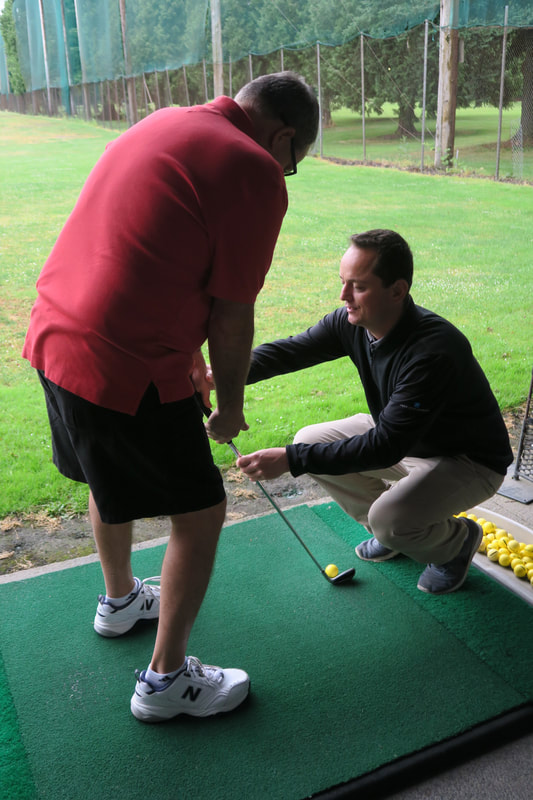
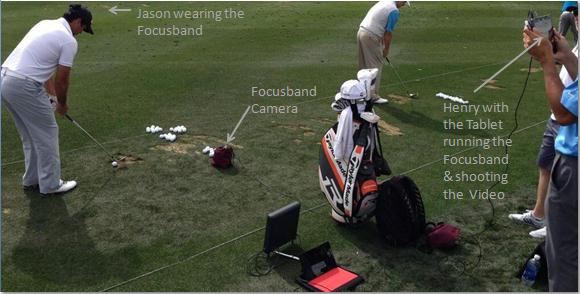
 RSS Feed
RSS Feed